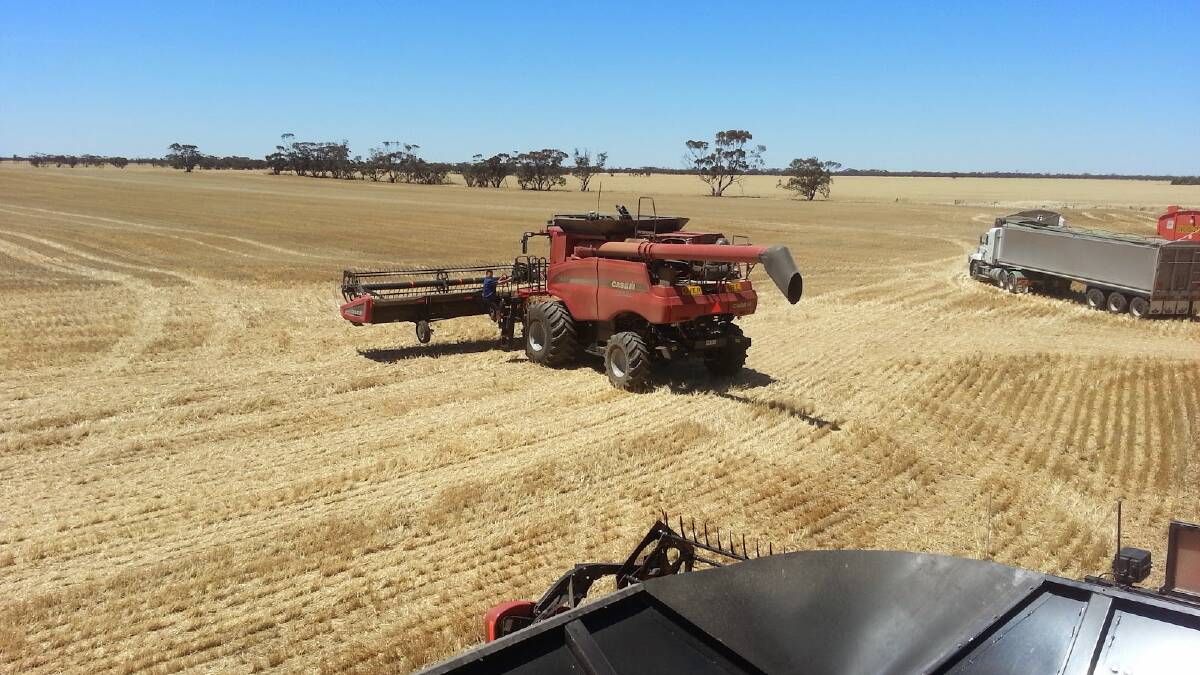
INDUSTRY analysts believe a return of Australian barley exports to China could occur before Australia's 2022-23 crop is harvested.
Subscribe now for unlimited access to all our agricultural news
across the nation
or signup to continue reading
Tension between the two nations has markedly thawed in recent months and the election of a new Australian government has fuelled speculation a halt to the damaging trade war may be at hand, especially for commodities China is struggling to source elsewhere.
China has not bought Australian barley for more than two years, ostensibly due to concerns about anti-competitive trading behaviour in the form of dumping.
Trade experts have said it was also part of a raft of sanctions imposed to punish Australia for its stance on some geopolitical issues.
"Nothing is certain in trade, but I would not be surprised to see Chinese imports of Australian barley beginning sooner, rather than later, I would not think we'd be waiting six months," said AgScientia principal Lloyd George.
"It is an arrangement that would suit both parties, China is struggling to find suitable feed grain to meet its needs and access to China would most likely see a rise in Australian domestic prices.
"Russian barley is expensive and there are limited other options for China, especially after Canada's bad year last year, so their buyers would welcome the chance to source barley from here instead of looking to places such as France or even South America.
"From our point of view our barley is no longer the cheapest feed grain in the world, South American corn has that mantle, but it is still at the cheaper end of the scale and Chinese purchasing would help boost that."
Thomas Elder Markets analyst Andrew Whitelaw agreed.
"China has limited access to barley due to the Black Sea conflict," Mr Whitelaw said.
"It would be in the best interest of the Chinese consumer to accept Australian barley."
On the flip side, he said while high global grain prices and good demand emerging from new or re-emerging markets, such as Saudi Arabia and Vietnam, had insulated Australian growers from the worst impact of China pulling out of the Australian market, the tariffs had hip pocket implications.
China did not stop purchasing barley, instead its purchases increased and others quickly filled the void left by Australia.
As a result, all the other significant barley exporters benefitted from Australia being ostracised by China and the industry has suffered.
Mr Whitelaw said it had been hidden a bit as prices have still been healthy in historical terms, but there is no doubt the loss of the Chinese market has meant returns were lower than they could have been.
"The effective ban on Australian barley has been damaging, it has not been business as usual," he said.
"In Australia, we may think the barley price is good and if we compare barley prices to the past 10 years, they are high prices, especially for a non-drought period.
"That is only looking at one side of the story and it is the lost value that is important - we are getting paid well, but we'd likely be receiving a more substantial return if China was open."
Mr Whitelaw said the Australian industry had diversified its markets during the Chinese ban, but said a reopening of trade with China was likely to see exporters going back to previous selling patterns where China dominated the market.
"They are commercial businesses, not representatives of the national interest, so while it may be good to be diversified from a national risk management perspective in case of these geopolitical issues, I would say if the price is right then we will see a very similar pattern in terms of trade flow as what we did before," he said.
Mr George said Australia had been lucky to have the alternative markets when China stopped buying.
"Other years Saudi Arabia has sourced nearly all of its barley out of the Black Sea but it has needed to look further afield and has come back to buying Australian products like it did during the 1990s and 2000s, while Vietnam is also emerging," he said.


